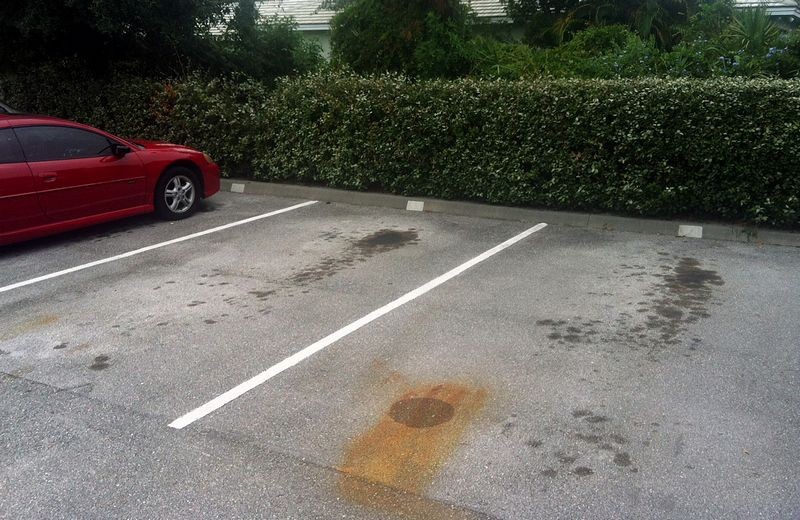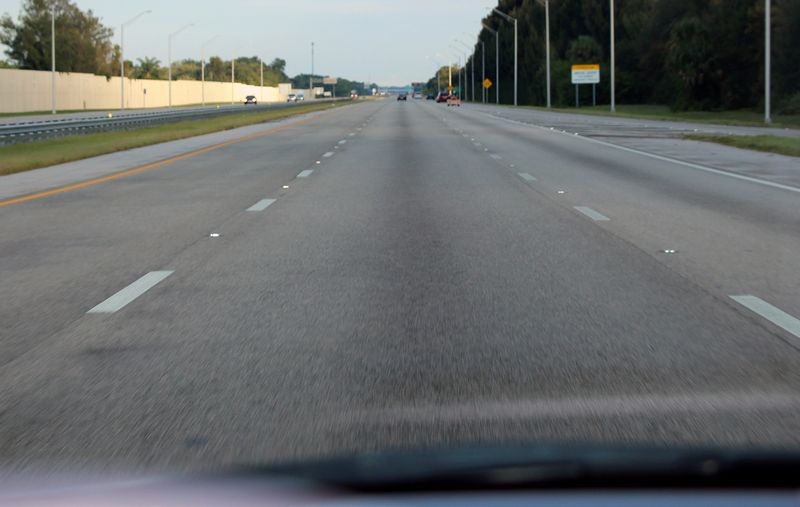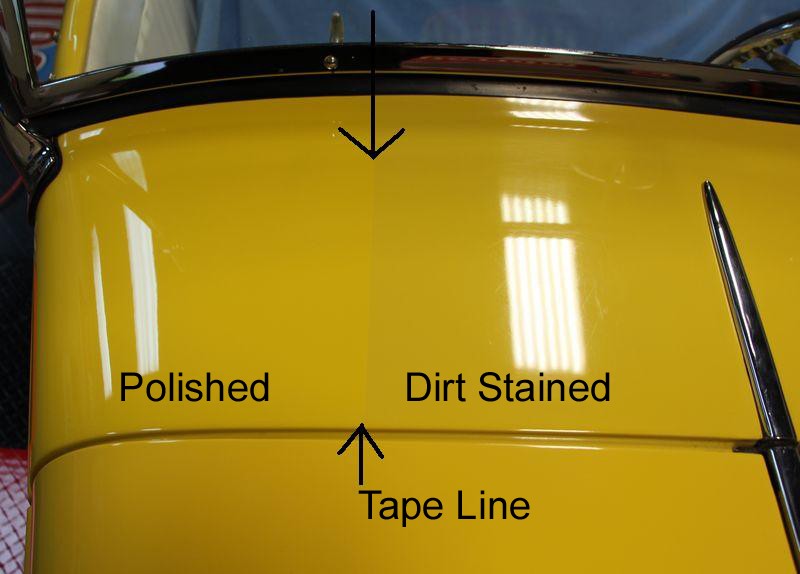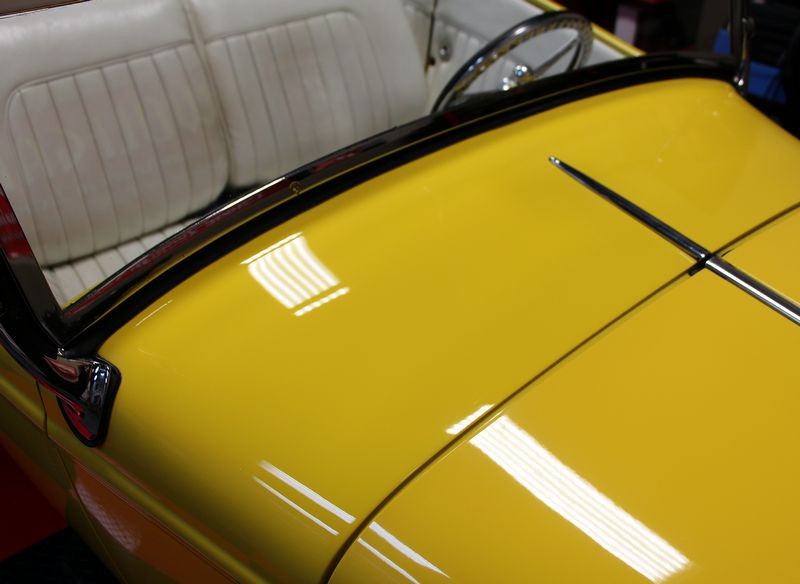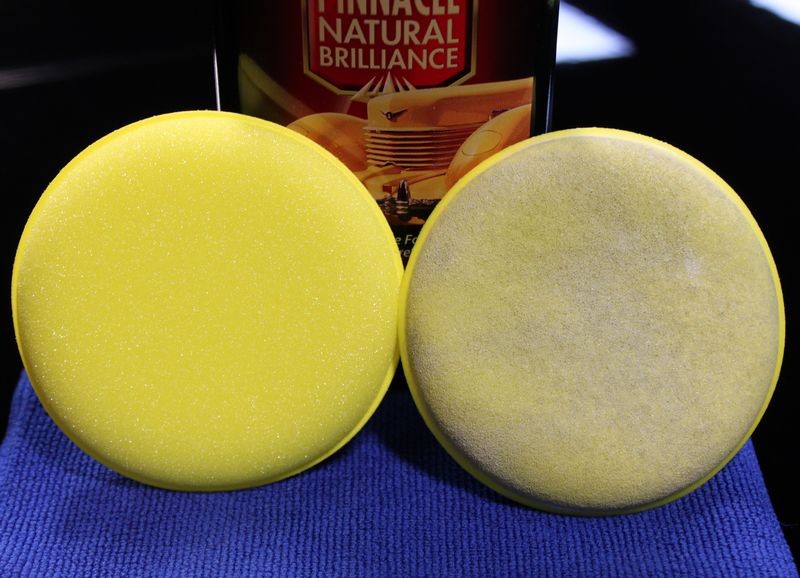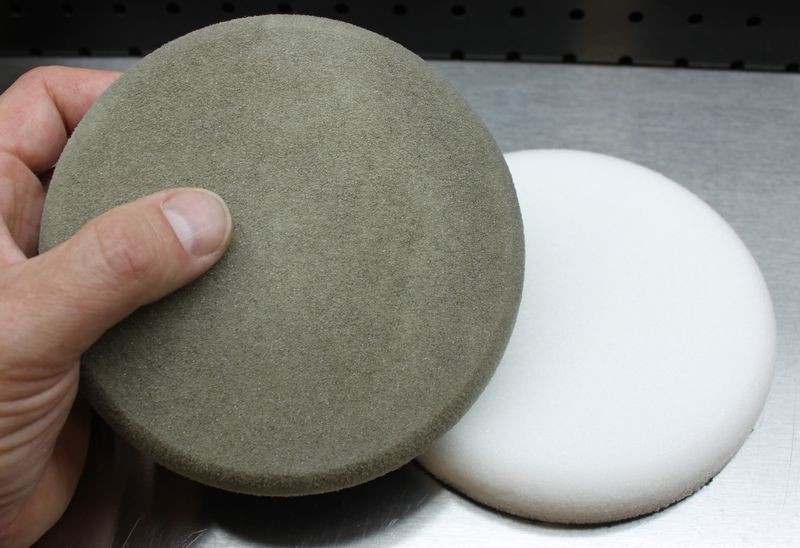Road Film can be an oily film "on" the paint that will wash off.
Over time, road film is more than just an oily film it's also oil mixed with all types of dirt and it impacts "onto" the paint and won't wash off.
I have two recent article on this with lots of pictures and the remedy besides washing.
Road Film - If you drive your car in the rain your car has road film
Driving in the rain - For most of us it's unavoidable
Road Film
Road film is the oily film splattered all over your car when you drive in the rain.
Where does Road Film come from?
Oils and other fluids that drip out of cars, truck and suvs accumulate on roads and highways over time.
When it rains, these accumulated oils and other fluids mix with the rain and are then splattered all over your car in effect staining you're entire car from top to bottom. The highest concentration of road film accumulates on your wheels, tires and lower body panels.
Just look in the parking space of any parking lot...
Motor Oil, Transmission Fluid, Gear Oil and other fluids
These outlined areas show where fluids have dripped off engines and transmission, even radiators and accumulated to the point that the pavement has been permanently stained.
It's also on roads and highways...
The oil stain line that runs down the middle of the road...
The dark line down the middle of the road
It's the darker, line down the middle of roads and freeways where most of the oily fluids accumulate as car, truck and suvs drive down the road.
Now that you've read this article and looked at the above pictures, you'll remember this every time you look down the road you're driving on.
 Remember, oil and water don't mix
Remember, oil and water don't mix
When it rains, the cars in front of you spray the rain water mixed in with these accumulated oils onto not only your car's paint but the wheels, tires, glass, plastic, cloth tops and vinyl tops.
If it's on the outside of the car then it's getting coated with oily road film.
Road Film builds up over time..
Oily road film builds up over time and because this film is oily or sticky it attracts dirt. This can be the dirt in the air or also in rain water that's splattered onto your car from the cars driving in front of you.
Can't always be seen...
Because the dirt staining effect caused by road film build up slowly over time it's not always easy to see, especially on black and dark colored cars, but don't be fooled, if you drive in the rain your car is getting coated in road film.
The solution to the problem?
Washing your car will remove any
topical road film. The problem is the dirty, oil film will tend to
migrate into any voids, pits, pores or interstices in your car's paint at least to the point that normal car washing won't remove it.
It's pretty easy to remove road film, all you have to do is periodically use one of the below approaches,
Use a quality cleaner/wax or AIO. The cleaning agents and/or abrasives in the cleaner/wax will remove any road film that washing could not remove.
Use a dedicated polish by hand or machine. Any high quality polish will effectively remove any built-up road film. Just be sure to apply a wax, sealant or coating afterwards to seal the paint.
Road Film... if you drive your car in the rain it's on your car...

__________________

